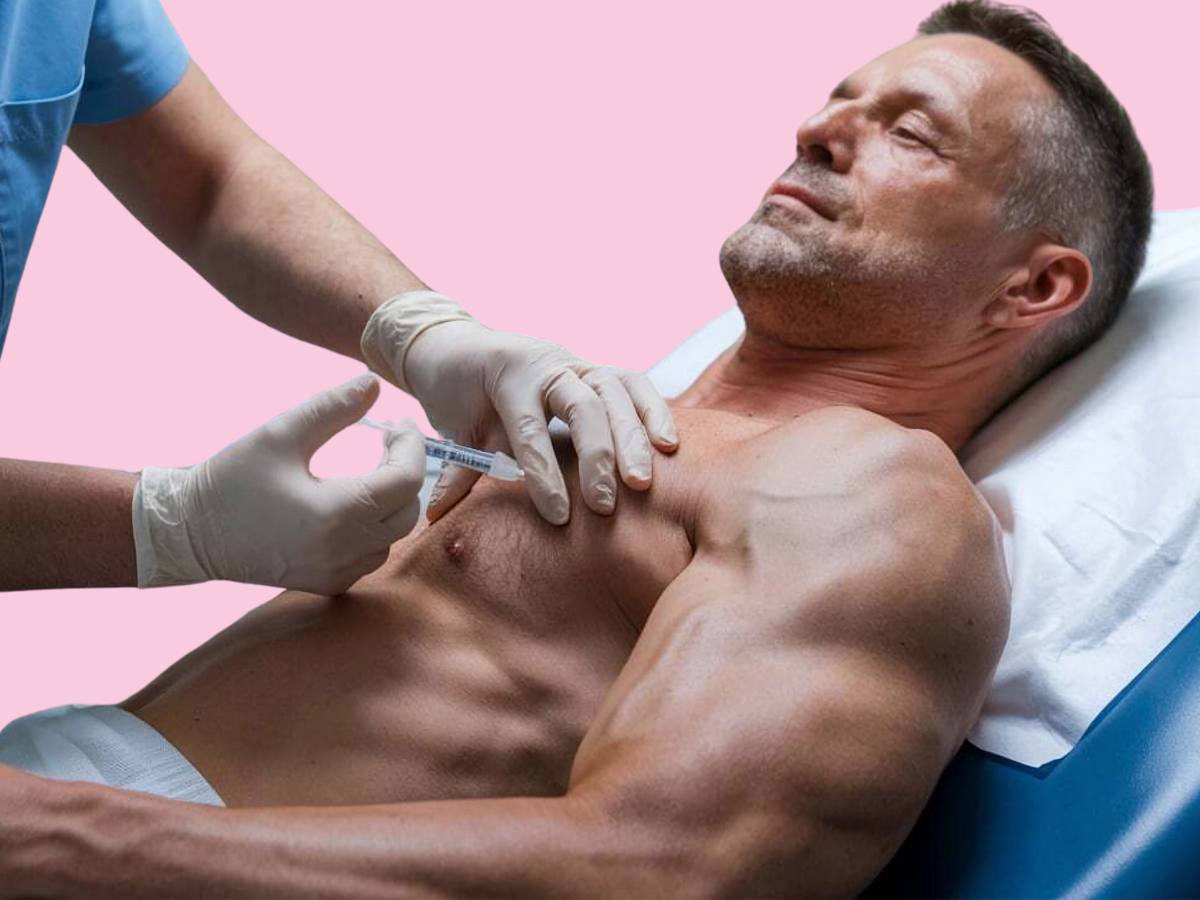Gynaecomastia
- Home
- Gynaecomastia
What is Gynaecomastia?
Gynaecomastia is a condition in men where the breast tissue enlarges due to an imbalance between the hormones estrogen and testosterone. It can affect one or both breasts and may occur during puberty, as well as in adulthood. Gynaecomastia can be caused by hormonal changes, certain medications, or underlying health conditions, and is not the same as fat accumulation in the chest due to being overweight (pseudogynaecomastia).
Concerns Related to Gynaecomastia:
- Men with gynaecomastia may experience tenderness or pain in the breast area due to the enlarged tissue.
- The condition often stems from an imbalance in hormone levels, which may indicate an underlying health issue that needs to be addressed.
- Certain medications, such as steroids, anti-androgens, or medications for heart conditions, can cause or worsen gynaecomastia.
- In some cases, gynaecomastia does not resolve on its own and may require surgical intervention to remove the excess tissue.
Benefits of Gynaecomastia Treatment:
- Treatment, often involving surgery, can reduce the size of the male breasts, restoring a more masculine chest contour.
- After treatment, many men feel more confident and less self-conscious, improving their overall quality of life.
- For men who experience discomfort or pain due to enlarged breast tissue, treatment can provide relief from these symptoms.
- Reducing the excess tissue can improve posture and reduce strain on the back and shoulders.
- Once treated, especially through surgery, the results are typically permanent, although lifestyle factors and certain medications should be managed to prevent recurrence.
Gynaecomastia Treatment

Before & After

FAQ's
Here, we’ve answered some common questions to help you understand more about rhinoplasty, the procedure, recovery, and what to expect. If you have any further queries, feel free to reach out to us for more information.
In some cases, especially during puberty, gynaecomastia can resolve on its own as hormone levels balance out. However, if it persists into adulthood, treatment may be needed.
Gynaecomastia itself is not dangerous, but it can cause discomfort and emotional distress. It may also be a sign of an underlying medical condition that needs attention.
Yes, certain medications like steroids, heart drugs, anti-anxiety medications, and some cancer treatments can lead to gynaecomastia as a side effect.
Surgery is usually considered when the condition doesn’t resolve on its own or causes significant discomfort. Other non-surgical treatments include hormonal therapy or medication adjustments.
Weight loss may reduce fat in the chest area but will not directly eliminate true gynaecomastia, which is due to excess breast tissue. It may help in cases of pseudogynaecomastia (fat buildup).
